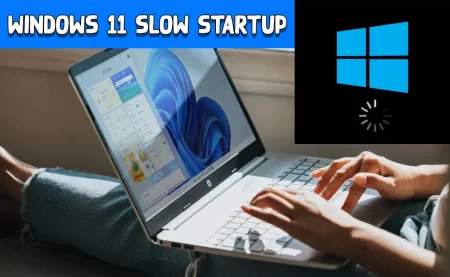
This is the buying guide for inverted PC cases if you need assistance in weighing your options for purchasing an inverted PC case. By reading our tips, you can make a good choice for the right case for your build by knowing what to look for before purchasing.
Best Inverted PC Cases
Pre-Configured or Modular:
Pre-Configured Inverted PC Cases and Modular Enclosures are the two types of reverse PC builds. The modular type can be transformed for both standard and inverted builds, these reversible chassis with detachable modular parts allow experts to do bare-bone customizations. However, the pre-configured cases are only for inverted layouts.
Pleasing Aesthetics:
When shopping for a new inverted computer case the aesthetic design of your case matters. So, look for an inverted case that provides a unique look and feel, with components on display from a new angle. Choose a case that matches your style and fits well in your workspace. You can prefer customizable lighting and RGB options, allowing you to add a personalized touch to your build.
Chassis Size and Dimensions:
It’s a personal preference, but you’ll usually need either a small or large PC case. Even when building an inverted PC, the case size is critical. So, choose an EATX (full tower), ATX (compact tower), MATX (mid-tower), or (mini-ITX) small form factor.
Material and Build Quality:
Your PC case’s material and build quality will affect its durability and longevity. The most common materials used in PC cases are steel, aluminum, and tempered glass. Steel cases are strong but heavy, whereas aluminum cases are light and long-lasting. Tempered glass cases have a sleek, modern appearance but are more fragile. So, decide on your next inverted PC by considering the case’s build quality.










